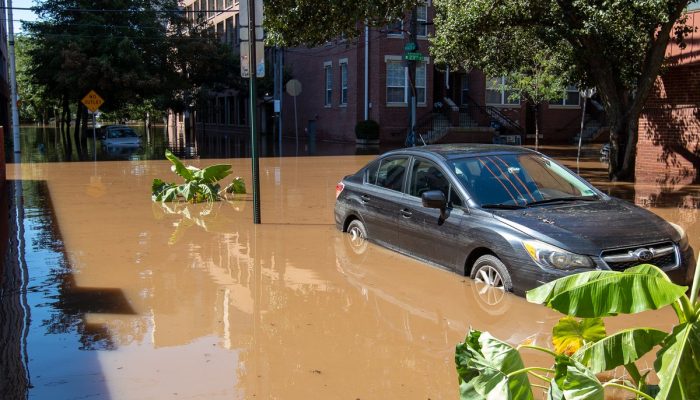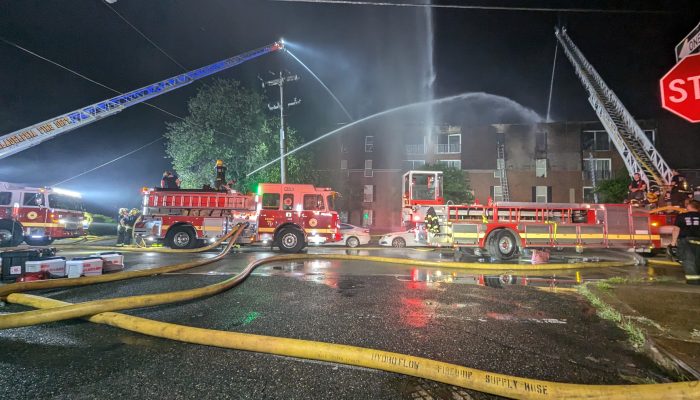The spring and summer seasons bring severe weather and the risks for damage from flooding and high wind events like hurricanes, tornados, or thunderstorms.
Unfortunately, we’ve seen the impact of extreme weather in Philadelphia neighborhoods over the past few years.
After severe weather, like hurricanes, tropical storms, tornadoes, straight line winds, and thunderstorms happen, residents and businesses may experience damage to property that can stress your wallet and your life!
Part of fully recovering from an emergency is knowing how to document your damage and where to look for help.
If you experience property damage from a severe storm, there will be a need to present documents for insurance claims, to our office through a damage tracker, or to a government agency who may provide financial assistance.
Steps after the Storm
Begin with carefully turning off the electricity in the affected area. If you can access you circuit breaker, use caution and turn off your electricity.
When there is no life-safety or health risk to you, begin cleanup and documentation immediately after a flood or other disaster to prevent the growth and spread of mold. During cleanup, wear protective clothing, including rubber gloves and rubber boots.
Insurance Claims
File claims promptly by starting the process with your insurer. Make sure you have the name of your insurance company, your policy number, a telephone number, and email address where you can be reached at all times.
Save receipts for any construction or hardware supplies you purchase, as well as hotel and restaurant expenses should you need to relocate temporarily.
For vehicle owners, if you have comprehensive coverage through your vehicle policy, check if you’re covered for flooding damage.
Pictures and Video
If safe to do so, document the damage and take pictures and video. You will need evidence of the damage to your home and possessions to prepare your repair estimate. Take photographs of all of the damaged property, including discarded objects, food, and structural damage. Signs of potential structural damage can include visible cracks, sagging or uneven floors, and hard-to-open doors and windows.
Take photos of the serial numbers for large appliances, such as washers, dryers, and refrigerators.
Be sure to photograph standing floodwater levels before it recedes. If possible, take a photo that shows the height of the floodwater line (the highest point water reached in your home) and document in inches or feet. Show another object or measurement marker in the photo to show the scale of the water.
After taking photos, you should immediately throw away flooded items that pose a health risk, such as perishable food items, clothing, cushions, and pillows.
Make a List
Make a list of damaged or lost items and include their date of purchase, value, and receipts, if possible. Officials may require disposal of damaged items so, if possible, place flooded items outside of the home.
Be sure to keep samples for your adjuster to review like a piece of flood-damaged wall-to-wall carpet, wood floors, wallpaper, furniture upholstery, or window treatments.




